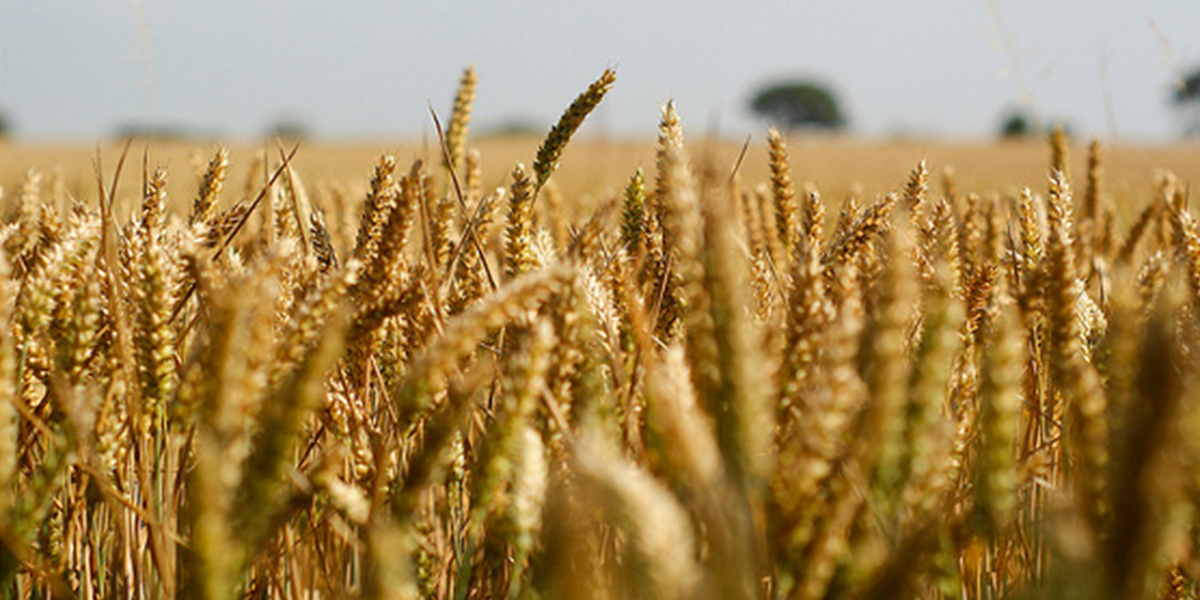Iran's Food Security Improves

EghtesadOnline: Food security in Iran has improved by 23% since President Hassan Rouhani took office in August 2013 by tapping into the potential of agriculture sector, Deputy Agriculture Minister Abbas Keshavarz said.
Food security indicators and measures are derived from country-level household income and expenditure surveys to estimate per capita caloric availability. In general, the objective of these indexes is to capture some or all of the main components of food security in terms of food availability, access and utilization or adequacy. While availability (production and supply) and utilization/adequacy (nutritional status/anthropometric measures) seem much easier to estimate, more popular, access (ability to acquire sufficient quantity and quality) remain largely elusive.
"With regard to wheat production, the rate of food security will reach 77% this year (March 2016-17)," IRNA quoted Keshavarz as saying.
Wheat production since the beginning of the harvest season in late March stands at a record high of 14 million tons, CEO of Agricultural Support Services Company Yazdan Seif said recently.
According to Agriculture Minister Mahmoud Hojjati, Iran’s wheat reserves top 14 million tons, which are sufficient to meet the domestic need for two years.
According to Deputy Agriculture Minister Ali Qanbari, the government has bought 11.3 million tons of wheat worth 144 trillion rials ($4.04 billion at market exchange rate) from local farmers since the beginning of the harvest season in late March, which is 1.3 million tons in excess of the annual domestic consumption.
Every year, the government buys wheat from local farmers at guaranteed prices to build up its strategic reserves and control prices in the domestic market.
According to Esmaeil Esfandiarpuor, another official at the Agriculture Ministry, it is estimated that the government will have bought up to 11.5 million tons of wheat by the end of the harvest season.
“Nearly 480,000 tons of wheat seeds have been prepared. After being winnowed and processed, the remaining 430,000 tons of pure wheat seeds will be distributed among farmers across the country for use in the new crop year,” he added.
"As for rice–another staple food in Iran–domestic production is estimated to exceed 2.1 million tons in the current fiscal year that ends in March 2017, indicating an 8% increase compared to last year," Keshavarz said.
The two northern provinces, Gilan and Mazandaran, are home to the majority of Iran’s paddy fields. Iranians annually consume three million tons of rice.
> 15.4% Rise in Agro Output
Agricultural output increased by a strong 15.4% after Rouhani became president, growing from 97 million tons in the Iranian fiscal year March 2013-14 to 112 million tons last year (ended March 2016).
It is estimated that production will reach 117 million tons by the end of the current year (March 2017), according to Shahrokh Ramezan-Nejad, an advisor to the minister of agriculture.
"The agriculture sector grew 5.4% last fiscal year and trade balance narrowed from minus $8.1 billion three years ago to $3.4 billion last year. The total value of agricultural products in Iran last year amounted to 2.1 quadrillion rials (more than $59.3 billion), marking a 39% increase compared to three years ago," Ramezan-Nejad has been quoted as saying.
Production of crops and horticultural products increased from 68 million and 16 million tons three years ago to 81 million and 17 million tons last year respectively. Moreover, livestock and poultry production increased by 1 million tons to reach 13 million tons during the same period. Seafood production stood at 1 million tons last year, up from 900,000 tons three years ago, reports Financial Tribune.
Sugarbeet production rose from 3.4 million tons to 5.6 million tons during the period, registering a 64% increase, and sugar amounted to 1.5 million tons last year, 380,000 tons above the volume of three years ago, which resulted in a 37% decrease in sugar import.
The ministry says it plans to achieve 70% self-sufficiency in the production of oilseeds. According to a report by the Government Trading Corporation, 66,000 tons of colza were purchased from local farmers since the beginning of the harvest season in March.
Moreover, 65,000 tons of sunflower seeds and 1,000 tons of safflower were bought during the same period and the purchase of soybeans by the government will start in September.
According to data released by the Statistical Center of Iran, the agriculture sector recorded a 4% growth during the first four months of the current fiscal year (March 20-July 21) compared to the same period of 2015.
The agriculture sector helped Iran from falling back into recession in the last fiscal year that ended in March, with a 5.4% rise in output.


